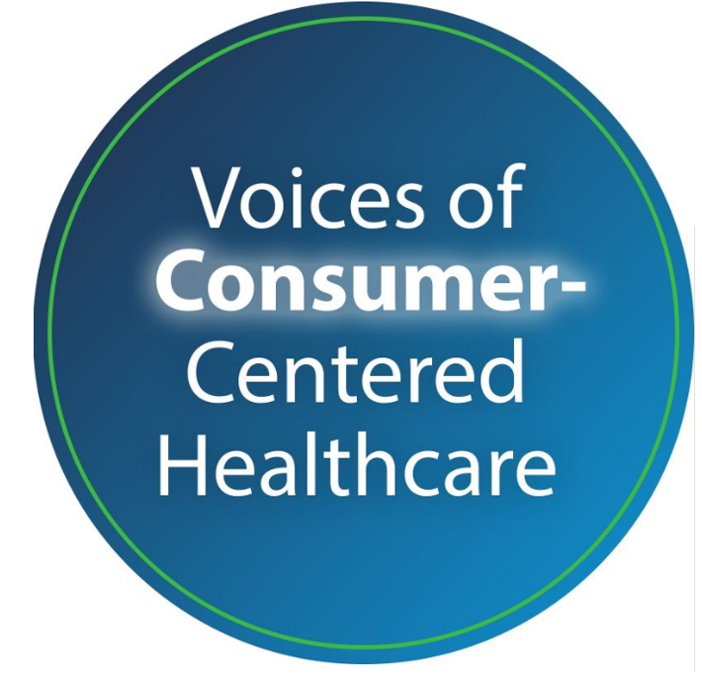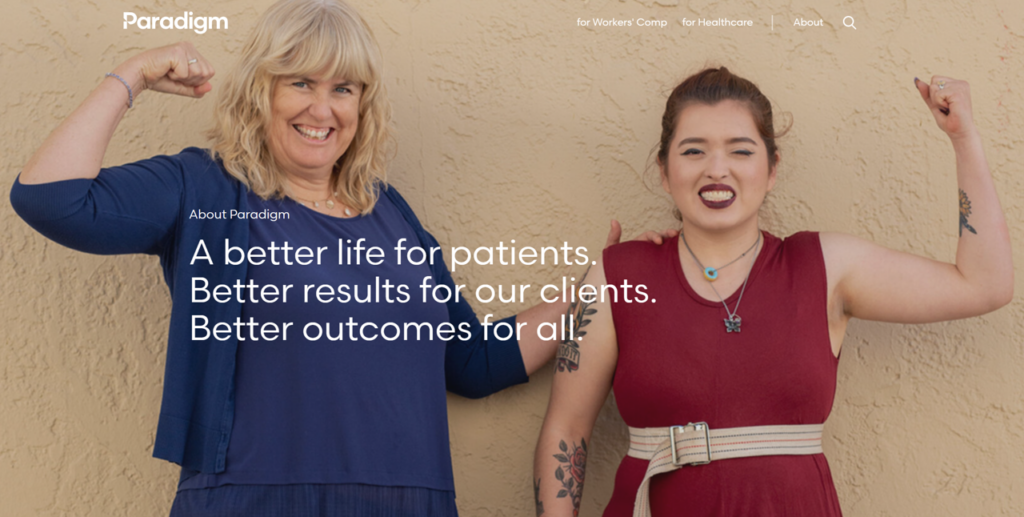In 2007, the percentage of people in the U.S. with health insurance increased to 82.8%, up from 82.1% in 2006.
This increase in the insured resulted from growth in enrollment in government insurance programs — namely, Medicaid.
The proportion of Americans with employer-based plans was stable between 2006 and 2007 at 62.2%.
These statistics were published in the latest Employee Benefits Research Institute (EBRI) Issue Brief, No. 321.
Health Populi’s Hot Points: The EBRI’s report is based on 2007 data. Trust me: 2008 is not 2007.
We’ve seen tremendous upheaval in both the U.S. macroeconomy and in American householders’ microeconomies. Except for perhaps the Trump, the Buffett and the Gates families, most of us are feeling more-than-pinches when it comes to filling gas tanks, paying for groceries, and managing credit card debt. And lest we forget, the mortgage crisis has resulted in the taking back of the private sector Fannie Mae (which was privatized in 1968) and Freddie Mac by the public sector this week.
As unemployment has risen in the U.S., so, too, will uninsurance. Remember the Kaiser Family Foundation’s recent math metrics for unemployment: for every 1% increase in unemployment, the U.S. will see 1.1 million increase in the number of uninsured citizens. For more details on the background to that calculation, see Health Populi posted on April 29th, The New Health Insurance Math.





 It's becoming a (beloved) annual tradition for my brilliant friend and health care design maven Amy Heymans as we re-convene for the third year (or is it the fourth?)
It's becoming a (beloved) annual tradition for my brilliant friend and health care design maven Amy Heymans as we re-convene for the third year (or is it the fourth?)  Thank you, Jared Johnson, for including me on the list of the
Thank you, Jared Johnson, for including me on the list of the  Jane will deliver the keynote address at the upcoming
Jane will deliver the keynote address at the upcoming